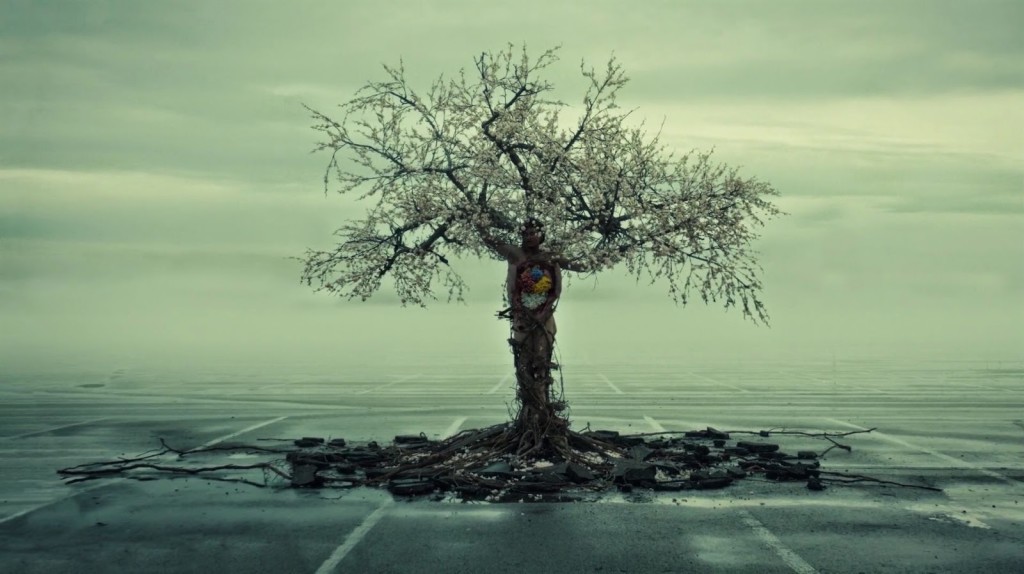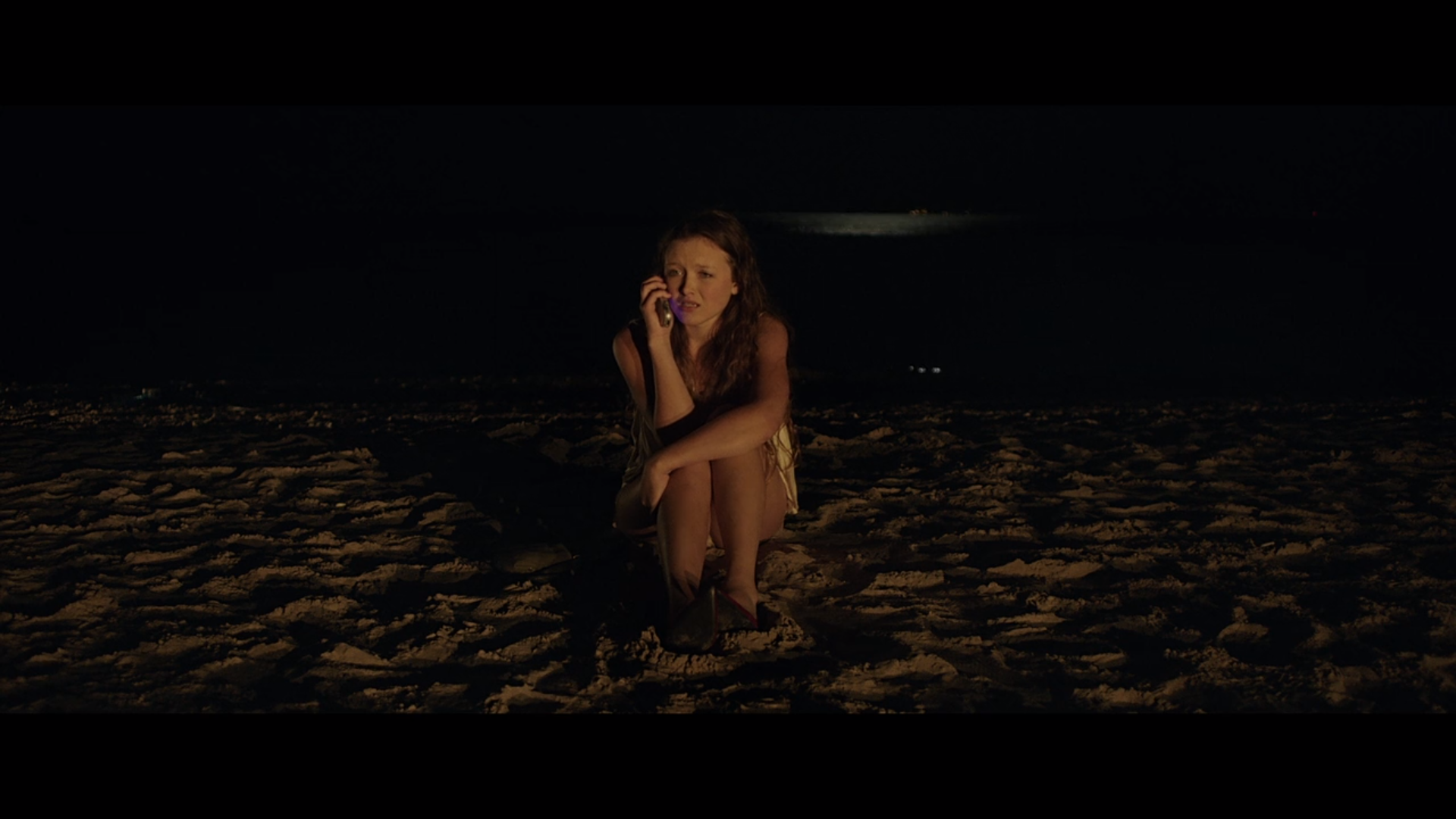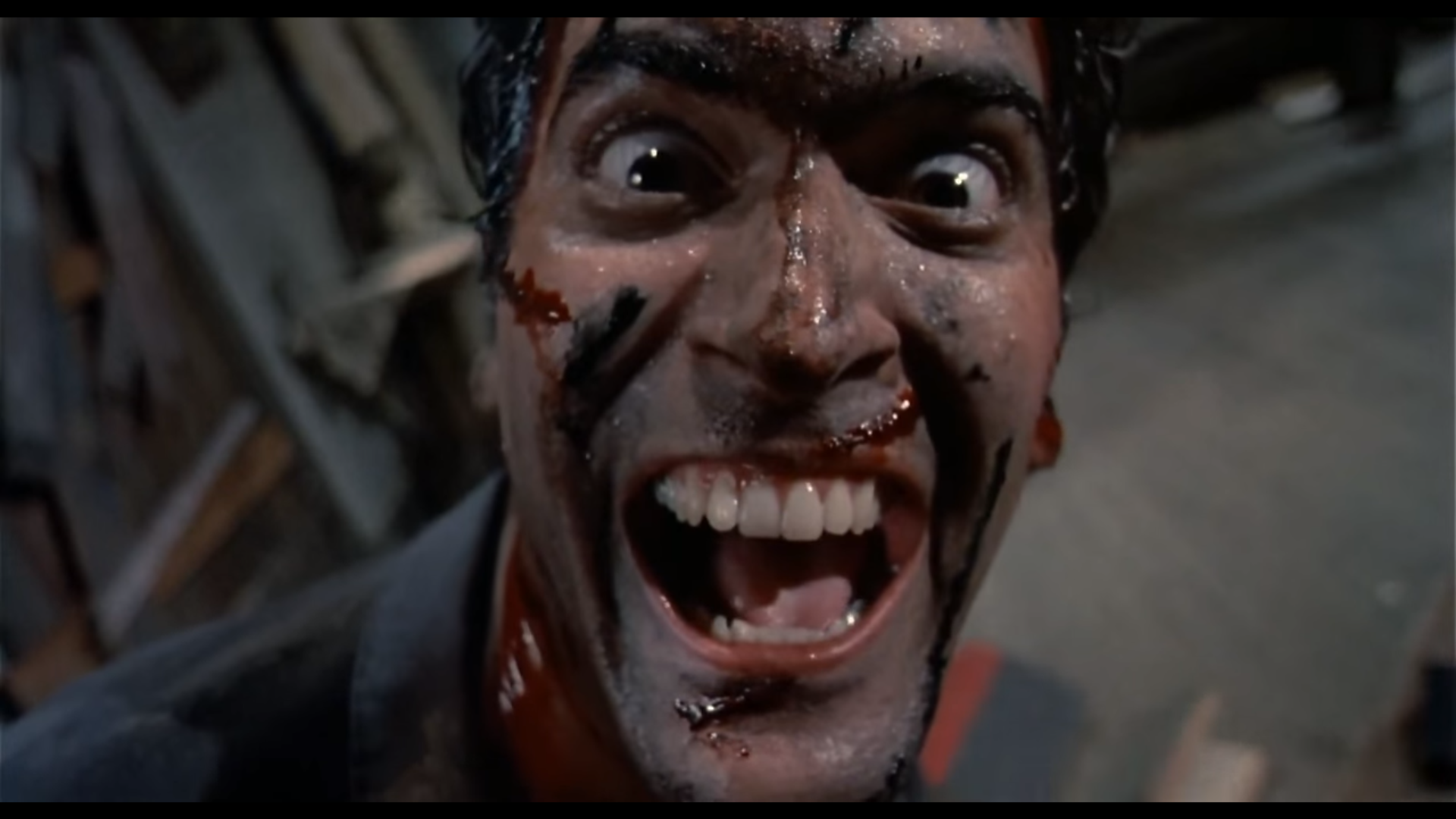Corporeal Ruins
A corporeal ruin from Hannibal 204, "Takiawase"
The following article is an abridged version of a guest talk given at NSCAD University on October 31, 2017, for the Graduate Discussions of Contemporary Art panel series.
Ruins play a crucial role in horror for a simple reason: they evoke the possibility of annihilation. A haunted house, a forgotten temple, an overgrown necropolis, a car wreck on the side of an unfamiliar road – objects that once served a purpose, but with their function removed, bring an audience to consider the absence of a once-present life. Ruins remind us of death, and this is even more true when the object of ruin in question is a corpse.
And another, from Hannibal 206, "Futamono"
Corporeal ruins are threatening. Often, in the first act of a horror story, especially in film and TV, we are presented with a corpse framed as architecture. What once was a living body, like you and me, is now a structure subject to weathering and erosion like the rest of the non-human world. When a corpse is displayed theatrically at the beginning of a story, we are shown that we can become ruins, thus setting the unsettling stakes genre tradition.
The image of human annihilation in the first act of a piece of horror is almost always juxtaposed with vibrant images of life, amplifying the threat of ruination. In It Follows (2014), we see a prime example: a woman is pursued by the film’s invisible monster, flees to a beach, and cries into a phone. Her panic, her fear, her movement, her use of technology, and her natural human posture is the very picture of life, lit by the warm headlights of her car on a sandy beach.
A person on a beach.
Two shots later, the beach girl is no longer human, but architecture. A stark lighting change from warm to cold, the unnatural angle of a broken leg, stillness – the beach girl is no longer inhabited. Her function removed, she is a wreck. Ruins subject to weathering.
An empty beach with a corpse on it.
In Scream (1996), the juxtaposition between life and ruin is deepened with an exploitation of audience expectations. Drew Barrymore is full of life in the film's opening sequence, flirting with her eventual murderer on the phone. But her life is further imbued with a celebrity aura viewers generally associate with longevity. Drew Barrymore is on the poster, we know her name, she was in E.T., we don’t expect her to die because some characters are simply more alive than others.
A well known celebrity.
But all of Barrymore’s hyper-life only further intensifies the effect of her ruin. When her body is found, mutilated and hanging from a tree, Barrymore’s character is so much a part of the environment that she is unrecognizable – architecture without use, a body that is no longer a human.
A corpse.
Junji Ito’s seminal horror manga Uzumaki is an overt example of bodies changing into architecture and becoming subject to weathering effects. Uzumaki (which means 'spiral') concerns a small town in Japan that slowly undergoes a metamorphosis under the influence of a climatological force that manifests as a spiral. In the first two issues, Ito shows the human implications of the terrible uzumaki effect through the ruining of a man, who spirals himself into a bathtub.
To be fair, the bathman is still alive in this scene, but it's safe to assume he dies in this position.
As the bathman is cremated, the smoke from his pyre forms a spiral, and for a brief moment his face appears. The image serves as a reminder that even though ruination comes after death, it is our bodies that erode.
Shuichi's dad is everywhere and nowhere.
While death is prominent in horror, especially more extreme films that progress from murder to murder, the corporeal ruin is most important in act one because the bulk of a horror story serves as an attempt to refute the premise of inevitable annihilation. In response to corporeal ruin, horror becomes a frantic and desperate celebration of life.
Ash from Evil Dead 2 (1987) celebrating life.
Living characters in horror movies live in a state of activity and distilled purpose, doing everything a corpse can’t. They run, they cry. They fight and fall in love and breed. They laugh, they bleed, they mutlilate. Even when characters suffer in carnal pain, they are affirming their continued life and purpose.
House on Haunted Hill (1959)
But inevitably, horror brings us to the conclusion of acceptance. We cannot escape our eventual ruination. Our bodies are abandoned, if not through an eviction enforced by mummies or chainsaw wielding inbreds or demogorgons, then by the hands of time. The uzumaki twists the world. It wins because it is like weather, which we are subject to. This is the message of horror: that we are not exempt from erosion. We are all ruins in progress.









